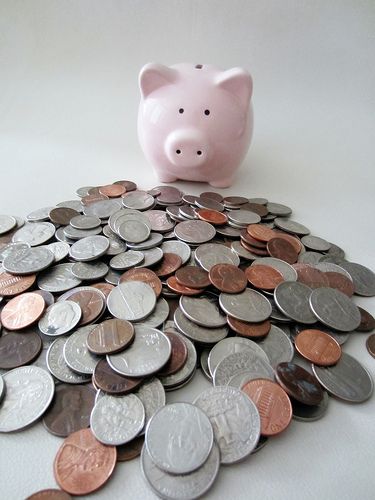When it comes to reducing electricity use at home, most people think of buying energy efficient washing machines and refrigerators. While this is not a bad approach, it does not encompass all energy saving aspects. One way of keeping energy costs at home down is by teaching your children the importance of saving electricity. Some of the tips that you can use to encourage them to save energy include:
Switch off Electronics Devices after Use

Most children tend to get distracted easily. When they lose interest, they run off to something else. In the process they leave their electronic devices such as computers, TVs, video games, and DVD players on even when they aren’t using them. Worse yet most electronics run on D/C which means they have a “power supply” and because the power converter box is before the switch it is still converting power even if the device is turned off.
One way to demonstrate this to your kids is to have them put their hand on the box after the device has been off for a while. They can feel that it is still warm. Of course, it does use more electricity when it is powering the whole device and not just the power adapter so turning it off by the switch does help some, but it does still consume power when it is off none the less.
So how do you really save power? First of all, just getting the kids to turn them off is a start. You might also plug all the devices into a single surge strip so they can all be turned off with a single switch. This cuts the power to the adapters and saves the additional transformer power as well. Making it easy to kill all the devices at once might make it more likely that the kids will actually do it.
Also bribery works well with kids. Offering them a special treat or even money if they remember to switch off their electronics when they are not using them might help. Even mobile device chargers should be unplugged when not in use. The aim is to let them know that turning off electronics translates into financial savings.
Take Shorter Showers
The majority of children love to play with water. This means that your kids are likely to spend a lot of time in the bath or shower. Figures from the Residential Energy Consumption Survey show that water heaters account for 17.7% of electricity consumption at home. Turning the temperature down on the water heater reduces the number of degrees the water has to be heated, thus saving money. Also using less hot water means less cold water has to be heated. Depending on how far your tub is from your water heater you may have to run the water for a while to heat the water in the pipes this requires more cold water enter the water heater to be heated. If you are running a bath and will need to add cold water anyway, why not put the stopper in while you are waiting for the water to get hot? Also let your children know that taking long showers or adding hot water to re-warm the bathtub wastes money that could go towards something else like gifts or even paying for a holiday. You should also teach them to use cold water while brushing their teeth and not leave the hot water running.
Turn Off Lights
Another great way of saving electricity is to turn off lights when they are not in use. Tell your children to switch off lights when they leave a room to keep electricity costs down. Try to come up with a unique way of instilling in them the urgency and need to switch off lights.
Turn down the Thermostat
According to the US Energy Information Administration (EIA), heating your home accounts for 41.5% of the average homeowner’s electricity bill. With this in mind, you could show your children how to turn down the thermostat when no one is in the house. These days you can get inexpensive Programmable Thermostats for as little as $34 that will cut back on heating (or cooling) at times when you normally aren’t there. After all if you are at work and the kids are at school why maintain the temperature at the peak? Cooling in the summer is at its max at mid-day when most people aren’t even home. So why waste the A/C? Just reducing the cooling by a few degrees can save a lot of money. And most programmable thermostats can estimate how long it will take to get the house back to the next temperature, then they actually start before you arrive, so the house is at the correct preset temperature.
Energy Savings in the Kitchen
You could also cut your electricity costs by washing utensils by hand instead of using the dishwasher. The major energy user in the dishwasher is the warming/drying element. If you do use the dishwasher you can save electricity by opening it before it finishes the drying cycle and not using the “Ultra Hot” water setting. Enlist the children to help dry the dishes or help put them in the kitchen cabinets.
Other big energy users are the oven and toaster, children should use the microwave to warm food instead of the oven. The EIA reckons that a microwave uses 50% less energy than a conventional oven.
It is not hard to teach your children how to save energy at home. Start by encouraging them to turn off electronics and lights when they are not in use. Other ways of saving energy include short showers, turning down the thermostat and using the proper appliance.
See Also:
- 5 Helpful Frugal Living Tips for Moms
- Frugal Living with Ease
- 7 Fuel Efficient Cars Under $20,000
- Money Saving Tips for Labor Day Weekend
Resources:
Image courtesy of Ambro / FreeDigitalPhotos.net


